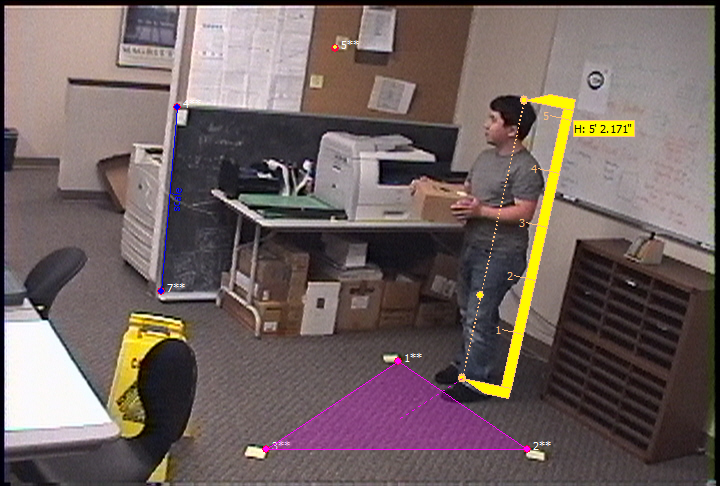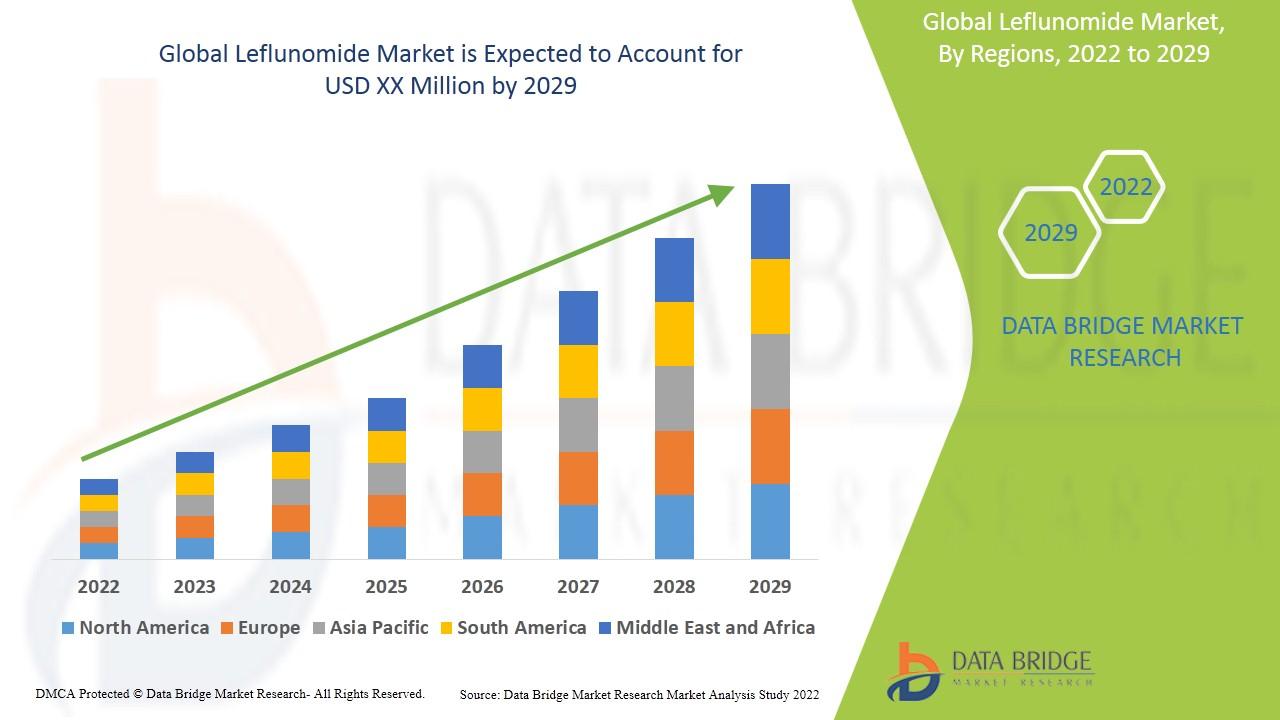Cutting-Edge Crime Scene Video Analysis with Photogrammetry

In modern forensic investigations, video footage captured at a crime scene can be a critical piece of evidence. However, the raw video alone often lacks the precise spatial context investigators need. This is where crime scene video analysis integrated with photogrammetry steps in—offering a scientifically robust method to measure distances, angles, and object placements from video sources.
As crime scenes are often recorded from various angles—surveillance cameras, mobile devices, or body cams—accurately interpreting this footage requires advanced tools and methods. Photogrammetry allows forensic professionals to transform ordinary 2D video into accurate 3D spatial data, aiding in reconstructions, timelines, and courtroom presentations.
What Is Crime Scene Video Analysis?
Crime scene video analysis is the forensic examination of video content to extract evidence relevant to a criminal investigation. Analysts aim to:
-
Identify suspects or victims
-
Understand movements and interactions
-
Determine timestamps and sequences
-
Measure spatial relationships between objects
This process goes beyond simple viewing. It includes enhancing video quality, stabilizing shaky footage, clarifying visual details, and synchronizing multiple camera feeds. But when physical measurements are needed—like determining how far a suspect was from a weapon—traditional video analysis alone may fall short.
Integrating Photogrammetry into Forensic Investigations
Photogrammetry is the science of extracting precise measurements from photographs or video frames. When applied to forensic video analysis, it allows analysts to reconstruct the crime scene in 3D using multiple camera angles or still frames.
Key benefits include:
-
Accurate Spatial Measurements: Measure height, distance, or area from multiple frames or views.
-
Perspective Correction: Correct distorted views and reconstruct the original geometry.
-
Visual Context: Provide the court with accurate visualizations of what actually occurred.
-
Non-Invasive Methodology: No need to physically alter or revisit the scene.
Photogrammetry is particularly powerful in situations where no laser scans or LIDAR data exist—allowing investigators to make the most of what they have.
Real-World Applications of Video-Based Photogrammetry
a. Reconstructing Events from CCTV or Body Cam Footage
When a suspect's movement is recorded by multiple cameras, photogrammetry enables analysts to determine exact paths and timings. This is critical for verifying alibis or mapping the suspect’s behavior.
b. Analyzing Vehicle Collisions
Forensic experts can calculate impact angles, speeds, and distances between vehicles using video footage enhanced with photogrammetric methods.
c. Weapon and Evidence Placement
Determining where a weapon was located in relation to the victim or shooter is crucial. Using photogrammetry, distances and trajectories can be precisely calculated—even if the weapon was removed before investigators arrived.
Challenges in Crime Scene Video Analysis
While the technology is powerful, it also comes with challenges:
-
Camera Calibration: Unknown lens distortions must be corrected before analysis.
-
Frame Quality: Poor lighting or resolution can hinder photogrammetric accuracy.
-
Synchronization: Videos from different sources need to be time-aligned properly.
However, when done correctly, the results can significantly impact the direction and credibility of a forensic investigation.
Conclusion
Combining crime scene video analysis with photogrammetry creates a new level of accuracy and clarity in forensic work. It allows investigators to transform ordinary footage into courtroom-ready spatial evidence. As technology evolves, these methods are becoming indispensable in ensuring accurate, unbiased, and scientifically grounded criminal justice outcomes.
FAQs
Q1: What is the main goal of crime scene video analysis?
A: To extract critical forensic details from video footage that support criminal investigations, including identification, sequence of events, and spatial relationships.
Q2: How does photogrammetry help in forensic video analysis?
A: Photogrammetry allows for the extraction of accurate 3D measurements from video or images, aiding in scene reconstruction and evidence validation.
Q3: Can photogrammetry be used with low-resolution video?
A: While high-quality footage yields better results, specialized software can still apply photogrammetry to enhance and extract useful measurements from lower-resolution sources.
Q4: Is crime scene photogrammetry admissible in court?
A: Yes, when applied using scientifically validated methods, photogrammetric reconstructions are accepted as reliable evidence in many legal systems.
Q5: Do analysts need special training for video photogrammetry?
A: Yes, proper training ensures accurate camera calibration, measurement techniques, and error mitigation during forensic analysis.





